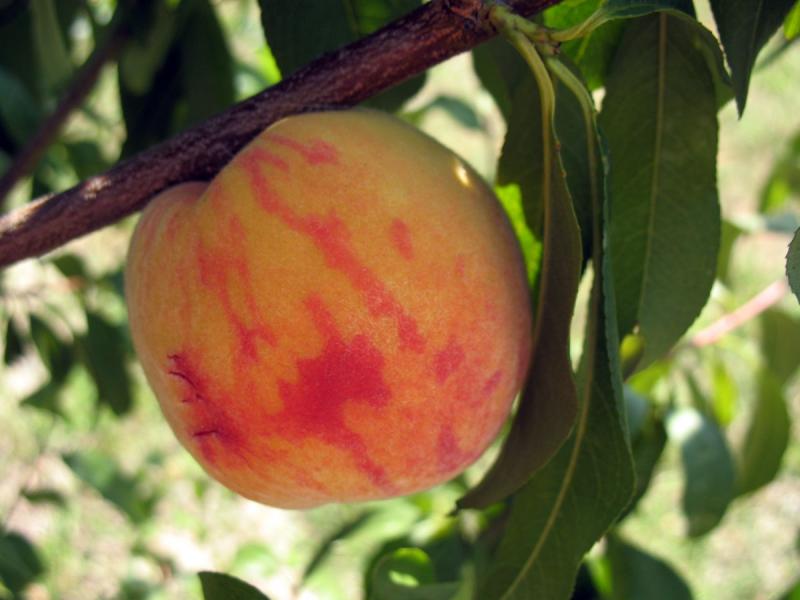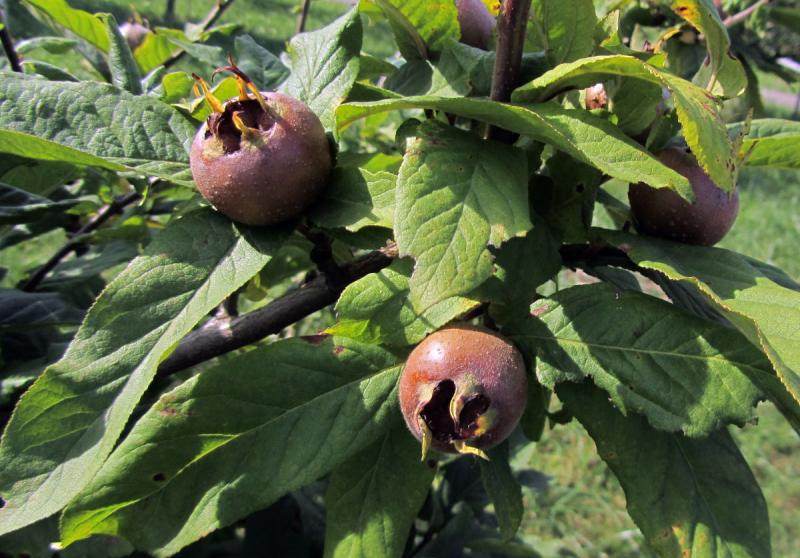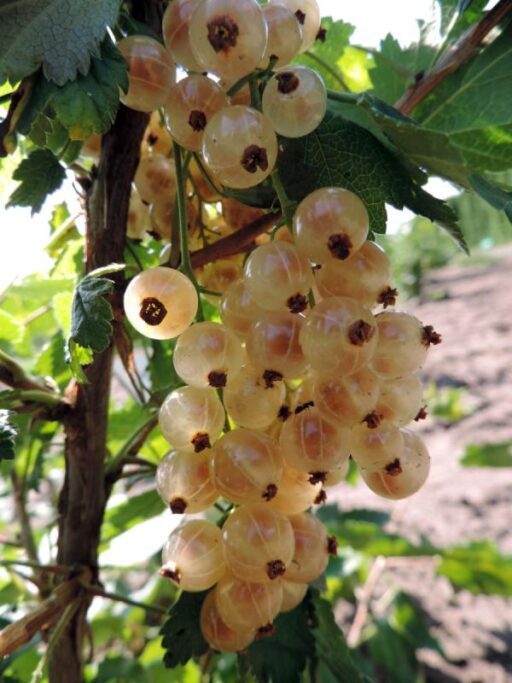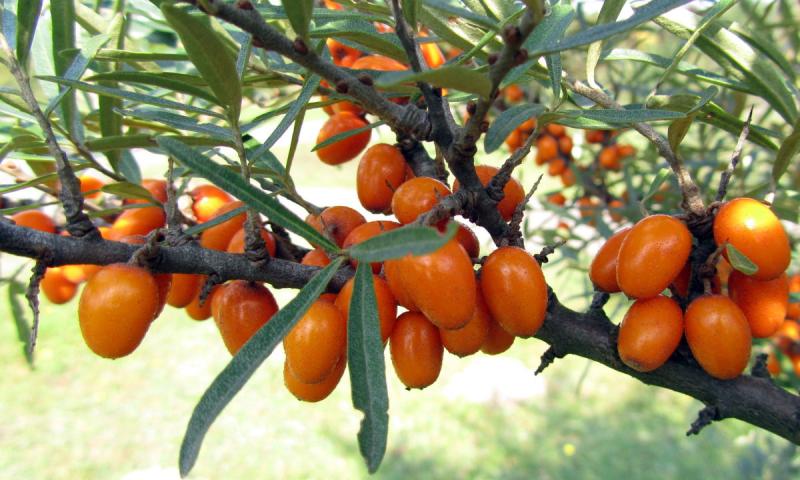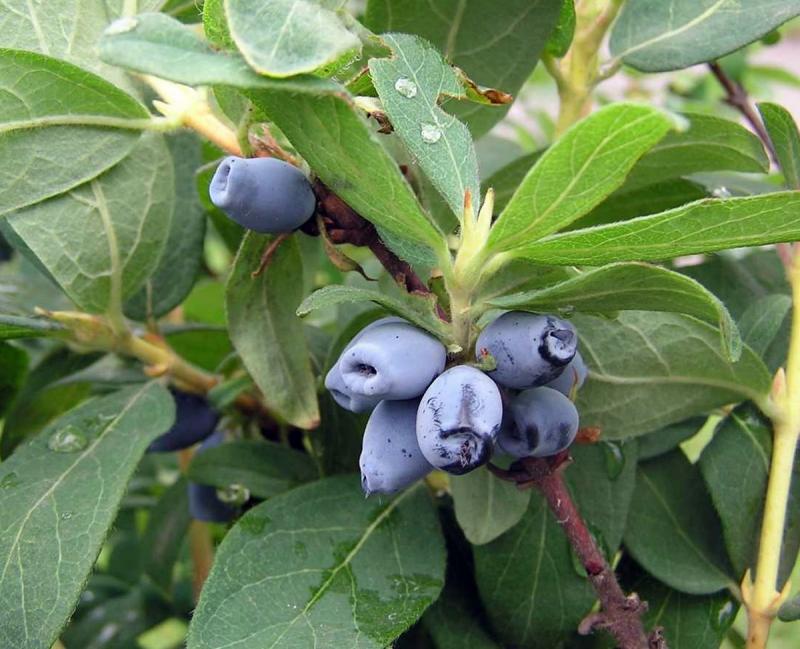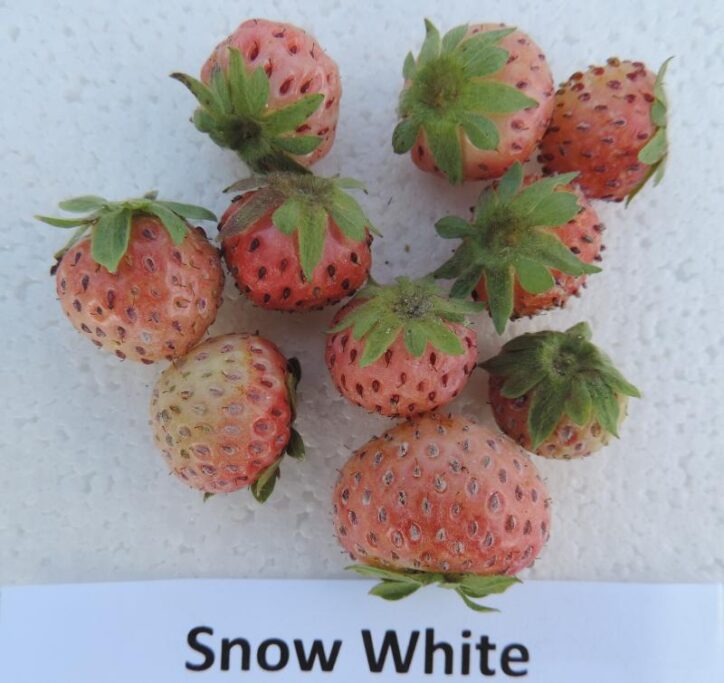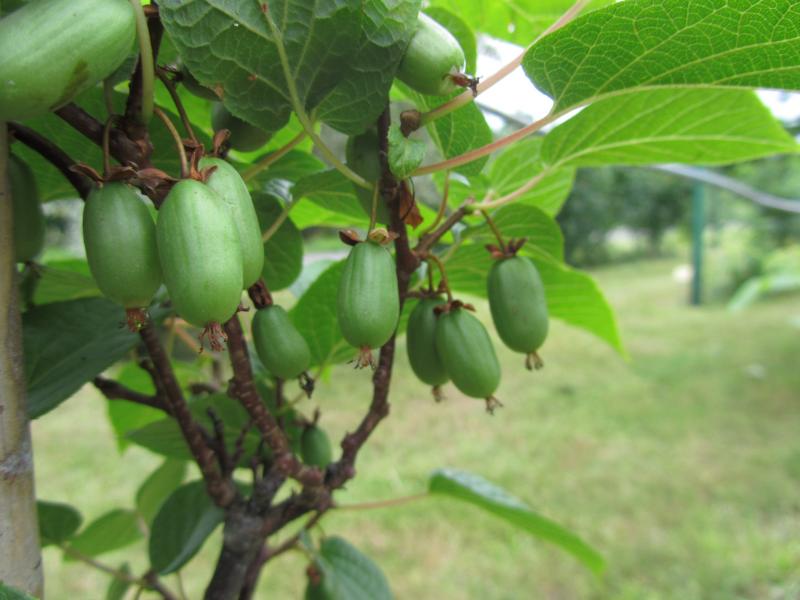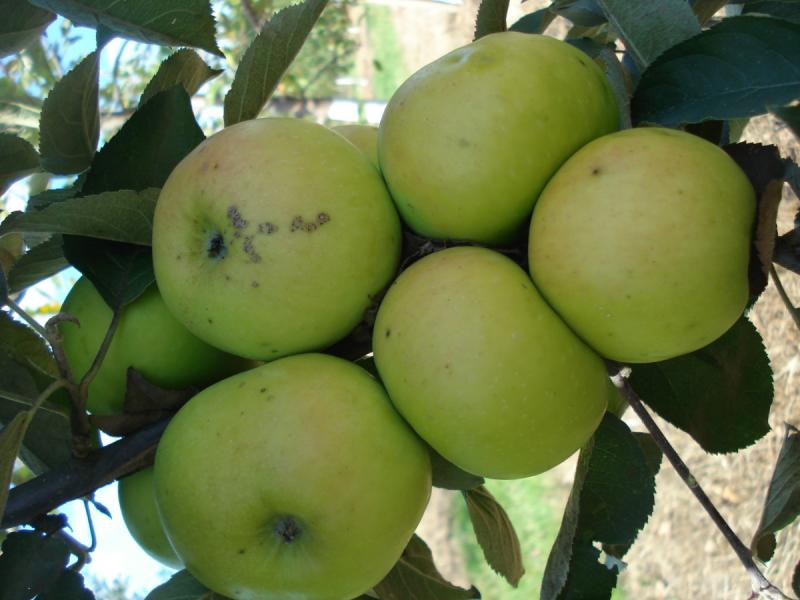Supervisor: Anna Zaremba, M.Sc.
Technician: Ryszard Rawski
The collection of fruit trees and shrubs consists of three parts.
The first, established in 1986-1989, presents orchard plants recommended for cultivation in home gardens and allotments (a total of 309 taxa). Fruit trees such as apple, pear, peach, plum, cherry and apricot trees, as well as bushes of raspberries, blackberries, currants, gooseberries, hazelnuts and chokeberries are grown here. From among the huge number of varieties, disease- and pest-resistant varieties with the tastiest fruit have been selected, such as 'Rajka' and 'Florina' apple trees, 'Conference' pear, 'Amers' plum and 'Early Orange' apricot. You can also see two varieties of Chinese pear and 'Blutroter' pear, a variety with red flesh, as well as seven varieties of Japanese plum, including 'Black Amber' with almost black skin, and 'Santa Rosa' with slightly red flesh.
Noteworthy is the collection of blueberries, which showcases not only wild-growing species, such as chokecherry and cowberry, but also large-fruited blueberry varieties, such as 'Bluecrop' and 'Duke', and large-fruited cranberry 'Pilgrim'. Also shown are lesser-known, interesting species, such as mullein, proper chokecherry (the fruit of the 'Yantarnyj' variety is yellow), quince, quince, quince, actinidia, mulberry, chaferdia, sea buckthorn, olive, hawthorn, chestnut or Chinese citron, with fruit suitable for consumption fresh or after processing into preserves: juices, jams, tinctures, dries. These species have long been known in folk medicine. Also worth recommending are the strawberry variety that repeats fruiting and the yellow-fruited strawberry.
The second part of the collection (established in 1992-1993) consists of old, uncultivated or quite forgotten apple varieties, such as 'Kosztela', 'Papierówka', 'Raspberry Oberland', 'Zlota Reneta'. These varieties bear fruit alternately, i.e. every other year, and that is mainly why they have been pushed out of large-scale orcharding by modern varieties. Our Garden has accumulated nearly 700 old varieties of apple trees in its display collection and nursery, some of which date back as far as the 12th century, such as 'Aporta' and 'Noble Burgundy'.
The third part of the collection consists of species from genera that are wild ancestors of orchard plants and bear edible fruit. Collected here are a total of more than 200 species of apple, pear, plum, hawthorn, rowan, cherry, rose, currant and others, among them the so-called paradise apple trees called "crabs" in America, with small ornamental fruits. Beautiful is the South China apple tree, blooming profusely in white.
Also growing in this part of the collection are trees (98 individuals) of the Asian apple species Siewers, considered one of the main ancestors of the cultivated apple tree, whose seeds were collected from natural sites in the mountains of Kazakhstan.
……………………………………………………………………………………………………………………………
Dear Sirs,
due to the logistics of providing scions of historical apple varieties, applications in the form of a list will be accepted on the following dates:
For summer caulking - by the end of July (shipment in August).
To be vaccinated - by the end of January (shipped in February).
Personal pickup is also possible. Please send orders to: anna.zaremba@ob.pan.pl, ryszard.rawski@ob.pan.pl or przemysław.rall@ob.pan.pl with your shipping address and contact phone number.
We make available a maximum of 10 varieties of 3 scions at a time. Each release based on an order is subject to an SMTA agreement on the transfer of propagation material. The agreement for review is available HERE. The contract is drawn up by the collection staff and sent along with the scions. Thank you for adhering to the ordering deadlines.



